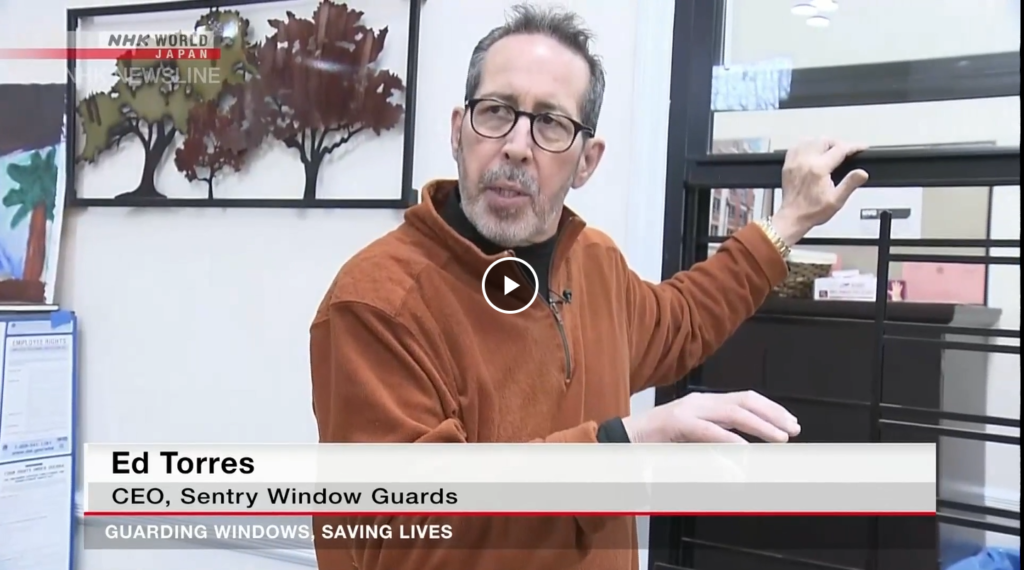As temperatures continue to drop and more and more people begin to make use of their heating systems, we want to remind everyone of the dangers of carbon monoxide in the home. Protecting your family from carbon monoxide is of vital importance, especially in the winter. Let’s talk about some carbon monoxide basics.
What is Carbon Monoxide?
Carbon monoxide is an odorless, colorless, and toxic gas. The gas can build up indoors and poison people and animals who breathe it. Because you can not smell, taste, or see the toxic fumes – you may not know they are there until it is too late. Symptoms such as headache, nausea, vomiting, fatigue, or chest pains in those that have heart disease are commonly associated with carbon monoxide poisoning. Symptoms are often described as “flu-like.” It is common to feel fine when you are out of the home, but to begin to feel like you are coming down with the flu once you have been home. With extreme exposure, it is not uncommon that those being afflicted become so disoriented that even though they know something is wrong, they are unable to save themselves from the gas.
Where does Carbon Monoxide come from?
It is created by the incomplete burning of fuel, such as natural gas, propane and wood. Unvented kerosene and gas space heaters, leaking chimneys and furnaces, back-drafting from furnaces, gas water heaters, wood stoves, fireplaces, gas stoves, generators and other gasoline powered equipment, and automobile exhaust from attached garages are all sources of carbon monoxide. Worn or poorly adjusted heating devices and having a blocked or leaking flue can cause high concentrations of carbon monoxide in indoor air.
Tips to Prevent Carbon Monoxide in the Home
- Have your heating system, water heater, and any other gas, oil, or coal burning appliances serviced by a qualified technician every year.
- Have your chimney checked or cleaned every year. Chimneys can be blocked by debris, causing CO to build up inside your home.
- Do not use your gas oven or stove to heat your home.
- Do not run a car inside the garage. In the winter, make sure the tailpipe is clear of snow before you start the car engine.
- Do not use an outdoor grill inside a home or garage.
- If you use a generator during a power outage, keep it outdoors, at least 20 feet from open windows or enclosed areas. When using a generator, always use a battery-powered or battery backup CO detector in your home.
- Make sure you have a working carbon monoxide detector.
Carbon monoxide detectors alert you when there are dangerous levels of carbon monoxide in your home. Most homes and residential buildings in New York City are required by law to have carbon monoxide detectors installed in the sleeping areas.
Building owners are responsible for installing approved carbon monoxide detectors. Occupants are responsible for regularly testing detectors to make sure they work and replacing the batteries. You should test carbon monoxide detectors at least once a month. You should also replace your carbon monoxide detector’s batteries twice a year. Replacing batteries for daylight saving days in the spring and fall makes it easy to keep track.
At Sentry Window Guards we make it our mission to help keep families safe. We hope these tips will help you protect you and your loved ones from carbon monoxide poisoning this winter. For more information regarding our window guard products and our experience and leadership in understanding NYC safety requirements, contact us today!
Get more information about carbon monoxide poisoning here.









